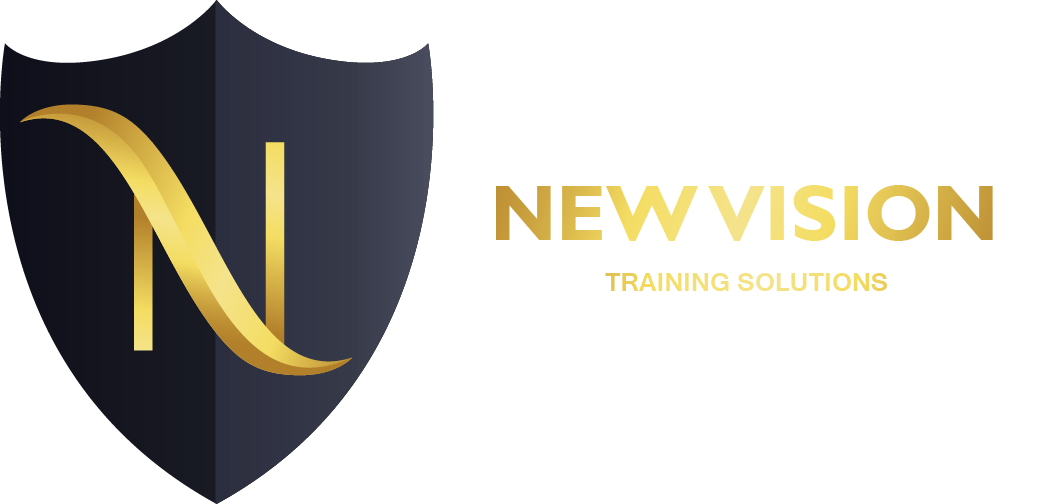Microsoft Azure Administrator
$ 0.01

Exam AZ-103
Course outlines
Manage Azure subscriptions and resources (15-20%)
Manage Azure subscriptions
- May include but not limited to:Assign administrator permissions; configure cost center quotas and tagging; configure Azure subscription policies at Azure subscription level
- Analyze resource utilization and consumption
- May include but not limited to:Configure diagnostic settings on resources; create baseline for resources; create and rest alerts; analyze alerts across subscription; analyze metrics across subscription; create action groups; monitor for unused resources; monitor spend; report on spend; utilize Log Search query functions; view alerts in Log Analytics
- Manage resource groups
- May include but not limited to:Use Azure policies for resource groups; configure resource locks; configure resource policies; implement and set tagging on resource groups; move resources across resource groups; remove resource groups
- Managed role based access control (RBAC)
- May include but not limited to:Create a custom role, configure access to Azure resources by assigning roles, configure management access to Azure, troubleshoot RBAC, implement RBAC policies, assign RBAC Roles
Implement and manage storage (5-10%)
Create and configure storage accounts
- May include but not limited to:Configure network access to the storage account; create and configure storage account; generate shared access signature; install and use Azure Storage Explorer; manage access keys; monitor activity log by using Log Analytics; implement Azure storage replication
- Import and export data to Azure
- May include but not limited to:Create export from Azure job; create import into Azure job; Use Azure Data Box; configure and use Azure blob storage; configure Azure content delivery network (CDN) endpoints
- Configure Azure files
- May include but not limited to:Create Azure file share; create Azure File Sync service; create Azure sync group; troubleshoot Azure File Sync
- Implement Azure backup
- May include but not limited to:Configure and review backup reports; perform backup operation; create Recovery Services Vault; create and configure backup policy; perform a restore operation
Deploy and manage virtual machines (VMs) (20-25%)
Create and configure a VM for Windows and Linux
- May include but not limited to:Configure high availability; configure monitoring, networking, storage, and virtual machine size; deploy and configure scale sets
- Automate deployment of VMs
- May include but not limited to:Modify Azure Resource Manager (ARM) template; configure location of new VMs; configure VHD template; deploy from template; save a deployment as an ARM template; deploy Windows and Linux VMs
- Manage Azure VM
- May include but not limited to:Add data discs; add network interfaces; automate configuration management by using PowerShell Desired State Configuration (DSC) and VM Agent by using custom script extensions; manage VM sizes; move VMs from one resource group to another; redeploy VMs
- Manage VM backups
- May include but not limited to:Configure VM backup; define backup policies; implement backup policies; perform VM restore; Azure Site Recovery
Configure and manage virtual networks (20-25%)
Create connectivity between virtual networks
- May include but not limited to:Create and configure VNET peering; create and configure VNET to VNET; verify virtual network connectivity; create virtual network gateway
- Implement and manage virtual networking
- May include but not limited to:Configure private and public IP addresses, network routes, network interface, subnets, and virtual network
- Configure name resolution
- May include but not limited to:Configure Azure DNS; configure custom DNS settings; configure private and public DNS zones
- Create and configure a Network Security Group (NSG)
- May include but not limited to:Create security rules; associate NSG to a subnet or network interface; identify required ports; evaluate effective security rules
- Implement Azure load balancer
- May include but not limited to:Configure internal load balancer, configure load balancing rules, configure public load balancer, troubleshoot load balancing
- Monitor and troubleshoot virtual networking
- May include but not limited to:Monitor on-premises connectivity, use Network resource monitoring, use Network Watcher, troubleshoot external networking, troubleshoot virtual network connectivity
- Integrate on premises network with Azure virtual network
- May include but not limited to:Create and configure Azure VPN Gateway, create and configure site to site VPN, configure Express Route, verify on premises connectivity, troubleshoot on premises connectivity with Azure
Course Features
- Lectures 0
- Quizzes 0
- Duration 40 hours
- Skill level All levels
- Language English
- Students 0
- Assessments Yes
Curriculum is empty





